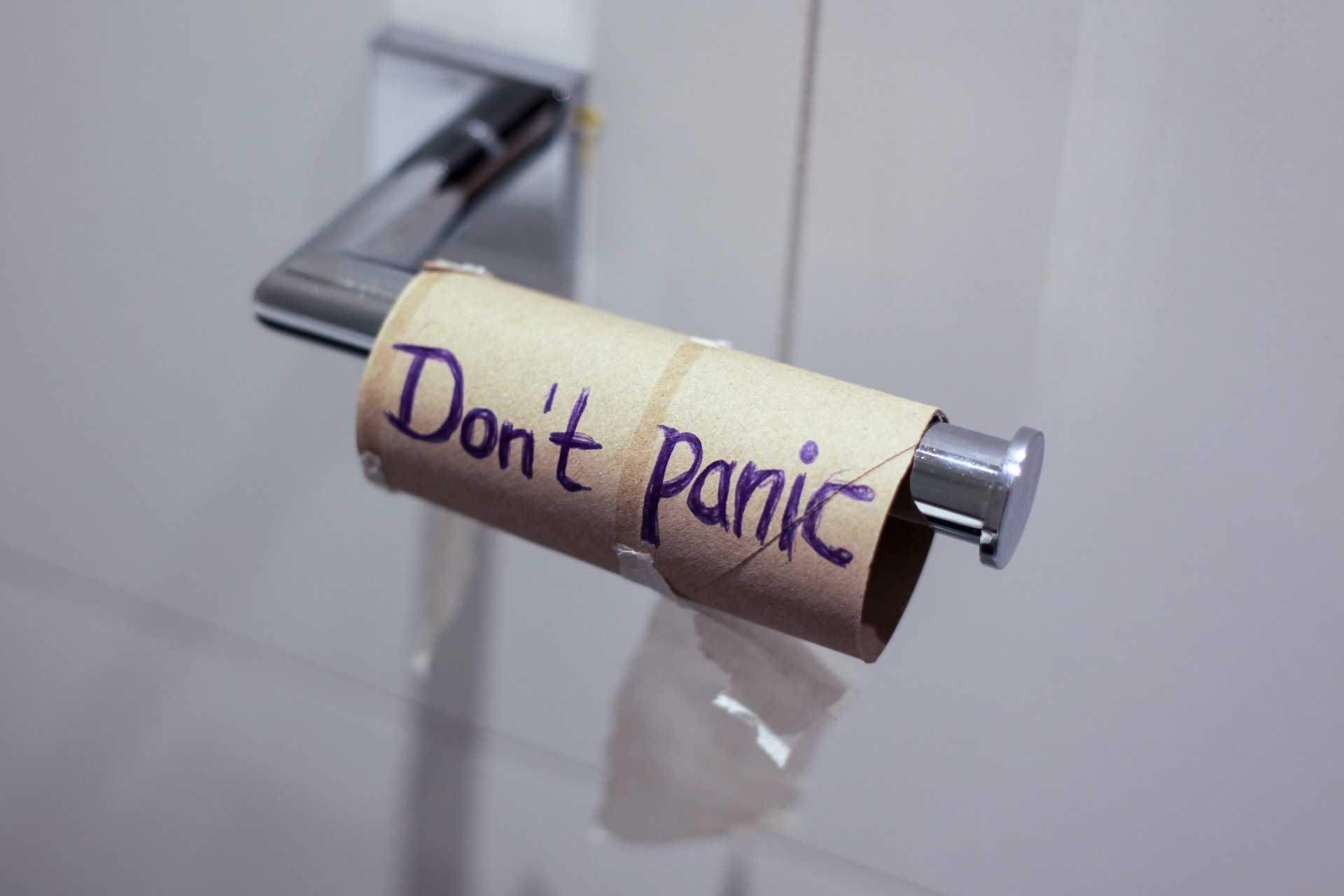Five Lifestyle Changes To Ease Bladder Control
If bladder control is impacting your life, here are some helpful tips
While bladder complications are common to most adults, it's unfortunate that people rarely talk about this condition with their loved ones. According to the Urology Care Foundation, more than 33 million adults in the US are affected by an overactive bladder. However, certain lifestyles can be implemented to control and manage the condition.
Here are some of the lifestyle changes that can ease bladder control.
Urinate On A Schedule
Creating a urination schedule can help take control over urgent or frequent trips to the bathroom. Time bathroom visits for every 1-3 hours and keep a log. It trains the bladder to hold urine and reestablishes a healthy routine. Schedule more frequent trips in the beginning and gradually increase the time between bathroom breaks.
Avoid triggers like caffeine and artificial sweeteners that can make you urinate more often. Limit fluid intake before bedtime to help prevent the bladder from filling up overnight. However, adequate hydration during the day is essential, so drink enough water and healthy fluids. Let the schedule adapt as needed. The goal is to urinate at most eight times per day.
Scheduling washroom visits helps retrain bladder muscles while lessening the urge to go and reducing accidents and leakages. Stick to the routine as much as possible for the best control.

Use Adult Diapers or Pads
For those with moderate to severe urine leakage or urge incontinence, adult diapers and pads can provide protection and peace of mind. While some may feel embarrassed about wearing them initially, incontinence products have improved dramatically in recent years. They are now affordable, more discreet, comfortable, and effective at containing leaks.
Adult diapers, also called briefs, provide 360-degree protection and are ideal for heavy urinary incontinence. Pads are less bulky and are suitable for lighter leakage. Choose the absorbency level based on your needs. It's a good idea to have a pad on hand for episodes of urgency or just in case. Replace diapers and pads often to avoid rashes and skin irritation.
Additionally, there are many styles, brands, and materials to choose from, so try different options to see what works best. Some even have odour-controlling properties. You can control and manage leaks confidently and prevent accidents with the right incontinence products. Engage your healthcare provider for recommendations on the best options.
Do Kegels Exercises Regularly
The muscles that control urination can be strengthened through Kegel exercises. Named after Dr. Arnold Kegel, these exercises involve contracting and relaxing the pelvic floor muscles repeatedly. It helps tighten the muscles around the urethra and bladder, improving control.
Start by squeezing the muscles that stop the flow of urine. Hold for up to 10 seconds, then relax for 10 seconds. Aim for at least three sets of 10 reps each day. Build up over time. Proper technique is critical - do not contract abdominal, thigh, or buttock muscles.
Perform Kegels discretely anytime, like sitting at a desk or waiting in line. Use Kegel weights or cones to add resistance. Apps and devices are also available to coach you through the exercises.
With regular practice, Kegels can reduce urinary frequency, urgency, and leakage. Results may take several weeks. Let your doctor know if you have trouble isolating the correct muscles. Physical therapy is an option. Kegels can improve bladder control at any age.

Manage constipation
Constipation contributes to bladder issues, especially leakage and the need to urinate frequently. With constipation, the backed-up stool puts extra pressure on the bladder and gives the urge to urinate even when the bladder is not full.
Making dietary changes is critical for managing constipation. Take plenty of high-fiber foods like fruits, vegetables, beans, lentils, and whole grains. Prunes and bran cereal can help get things moving. Be sure to drink enough non-caffeinated fluids. Exercise daily and take time when using the bathroom. OTC laxatives can provide short-term relief, but long-term use is not recommended.
Manage any medical conditions contributing to constipation, like diabetes or hypothyroidism. See a doctor if home treatments aren't working or there is straining, pain, or bleeding. Addressing constipation takes the pressure off the bladder, improving urine control and flow.
Limit Bladder Irritants
Some foods and beverages can irritate the bladder, causing urgency, frequency, and incontinence issues. Common culprits include:
- Caffeine - Found in coffee, tea, soda and chocolate. Caffeine is a diuretic that makes you urinate more.
- Alcohol - Can overwork the bladder muscle and lead to leakage.
- Carbonated drinks - The carbonation can provoke bladder irritation.
- Citrus juice - High acid levels in citrus juices can bother the bladder lining.
- Sugar substitutes - Artificial sweeteners like aspartame are bladder triggers.
- Spicy food - Hot spices may cause bladder discomfort.
Limiting the intake of these items reduces bladder irritation. Avoid other dietary triggers you may have, like tomato-based products or pineapple. Eat smaller meals to keep pressure off the bladder. When symptoms flare up, keep a food diary to identify problem items. This allows you to enjoy foods that don't cause problems.
Dealing with bladder control issues can be frustrating, but there are many ways to improve the situation. Incorporating the right lifestyle adjustments helps reduce accidents, urgency, and frequent bathroom trips. Try different approaches, like scheduled bathroom visits, Kegels exercises, avoiding dietary triggers, managing constipation, and using pads or adult briefs when needed. Find the techniques that provide the most relief.
Cover image: Tim Mossholder/Unsplash
Comments
You may like to read:

Health and wellness
Five things to keep in mind when considering organ donation

sunayana singh, ceo of organ india, an initiative of the parashar foundation
3 mins read

Health and wellness
How NURA Uses AI-Enabled Screening to make a difference in Preventive Healthcare

Silver Talkies
4 mins read

Health and wellness
Why We Need Dementia Caregiver Support Groups & Training

Reshmi Chakraborty
6 mins read

Post a comment